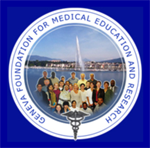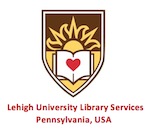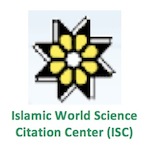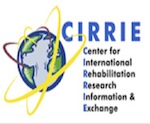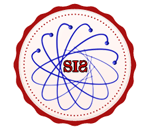


Google Scholar citation report
Citations : 5373
ASEAN Journal of Psychiatry received 5373 citations as per google scholar report
ASEAN Journal of Psychiatry peer review process verified at publons
| Journal Name | ASEAN Journal of Psychiatry (MyCite Report) | ||||
|---|---|---|---|---|---|
| Total Publications | 456 | ||||
| Total Citations | 5688 | ||||
| Total Non-self Citations | 12 | ||||
| Yearly Impact Factor | 0.93 | ||||
| 5-Year Impact Factor | 1.44 | ||||
| Immediacy Index | 0.1 | ||||
| Cited Half-life | 2.7 | ||||
| H-index | 30 | ||||
| Quartile |
|
- Anxiety Disorders
- Behavioural Science
- Biological Psychiatry
- Child and Adolescent Psychiatry
- Community Psychiatry
- Dementia
- Community Psychiatry
- Suicidal Behavior
- Social Psychiatry
- Psychiatry
- Psychiatry Diseases
- Psycho Trauma
- Posttraumatic Stress
- Psychiatric Symptoms
- Psychiatric Treatment
- Neurocognative Disorders (NCDs)
- Depression
- Mental Illness
- Neurological disorder
- Neurology
- Alzheimer's disease
- Parkinson's disease
Abstract
PSYCHOTHERAPY PRACTICE AMONG CHILD AND ADOLESCENT PSYCHIATRISTS IN THAILAND
Author(s): Natchanan Charatcharungkiat, Sirichai Hongsanguansri, C├ā┬®sar A Alfonso, Silvia W OlarteObjective: To survey patterns of psychotherapy practice of child and adolescent psychiatrists in Thailand, including identifying obstacles to conduct psychotherapy. Methods: This was a cross-sectional descriptive study. A selfreported questionnaire was developed by the authors and sent to all child and adolescent psychiatrists in Thailand by mail. Results: The total number of child and adolescent psychiatrists in Thailand at the time of the survey was 176. There were 95 respondents (54.0 % response rate), with the average age of 39.7 ± 9.8 years old. 67 (70.5%) respondents were female. Respondents endorsed conceptual frameworks used in case formulation and treatment planning as following: learning and cognitive theory (68.8 %), Eriksonian theory (41.3 %) and attachment theory (34.8%). Only 6.4 % of respondents reported that they provided psychotherapy to their patients “frequently” and “very frequently”. Instead, the majority of respondents provided just only counseling and parenting advice & guidance, parent management therapy (PMT). Respondents estimated that 36.3 ± 24.0 % of their patients should be treated with psychotherapy but in real-life practice, they provided psychotherapy for 5.1 ± 8.6 patients/ week in the past year. Psychotherapies that most children and adolescent psychiatrists used were behavioral therapy, supportive psychotherapy and cognitive-behavioral therapy (73.3 %, 71.8 %, and 56.5% of respondents reported to conduct “frequently” and “very frequently," respectively). Main obstacles in performing psychotherapy were heavy workload, lack of readiness of patients and lack of confidence by child and adolescent psychiatrists. Conclusion: Although psychotherapy is considered an essential treatment in child and adolescent psychiatry practice, child and adolescent psychiatrists in Thailand provide psychotherapy to only a small number of patients. Behavioral therapy, supportive psychotherapy and cognitive-behavioral therapy were the most frequently used psychotherapiesby Thai child and adolescent psychiatrists. Lack of time to engage in psychotherapy due to heavy workload was the most common obstacle in providing this treatment.












